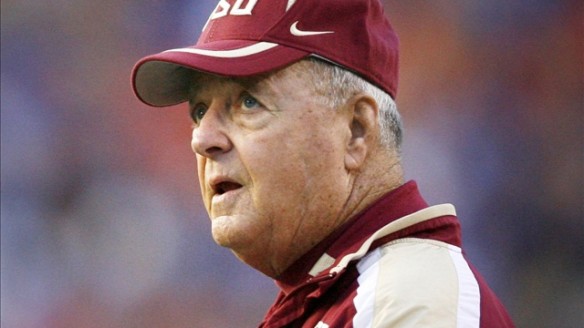
A new stay-at-home order will be imposed on Southern California and the San Joaquin Valley Sunday night, as the coronavirus crisis spirals out of control with a speed that has exceeded health officials’ most dire projections.
Some 33 million Californians will be subject to the new order, representing 84% of the state’s population. The state mandated the restrictions in the Southland and Central Valley as capacity at hospitals’ intensive care units hit dangerously low levels. Five Bay Area counties will also begin lockdown restrictions in the coming days despite not yet reaching the threshold at which such action is mandated by the state.
The rules are less sweeping than California’s pioneering stay-at-home order in the spring, which is credited with slowing the first COVID-19 wave. But the new order will change daily life for many, especially in suburban Southern California counties like Orange and Ventura, which so far have enjoyed more open economies than hard-hit Los Angeles County.
Southern California and the San Joaquin Valley will implement the order Sunday at 11:59 p.m. Restaurants must halt in-person dining and can offer food only for delivery and takeout. Gatherings of people from different households will be prohibited, except for outdoor church services and political demonstrations. Affected communities will be required to close hair and nail salons, playgrounds, zoos, museums, card rooms, aquariums and wineries. Nonessential travel and use of hotels for leisure will be banned, as will overnight, short-term stays at campgrounds. All retail can remain open, but at 20% capacity.
Continue reading



